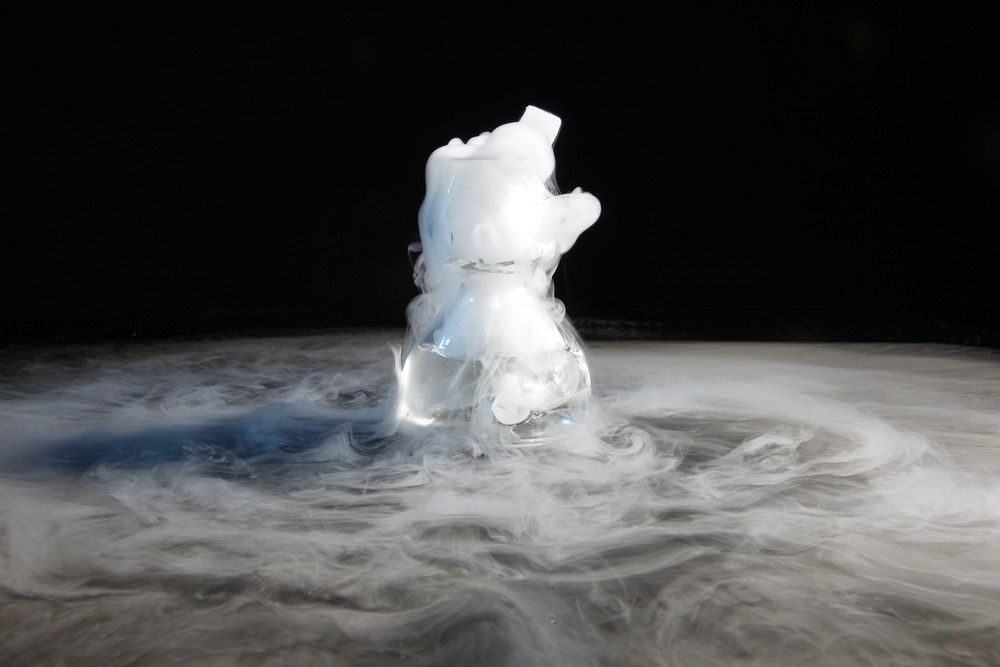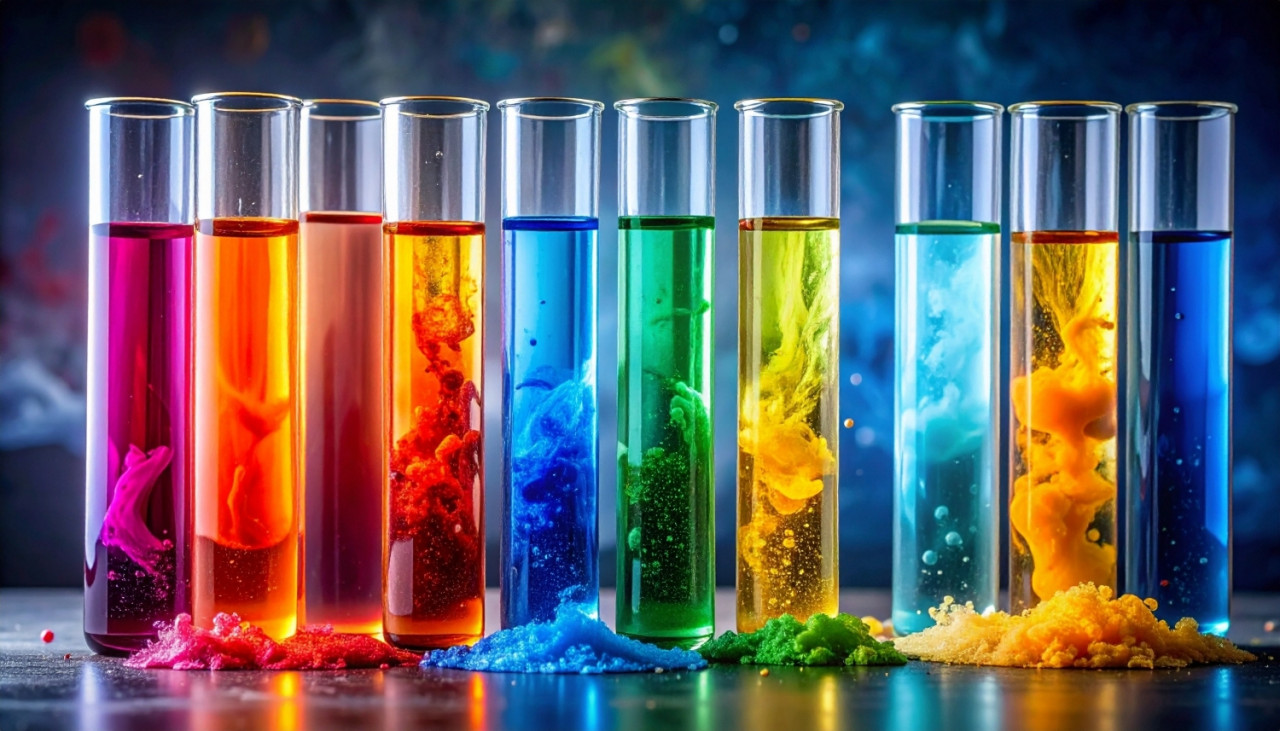1.1 Introducing the states Matter can exist in one of three fundamental states: Solid, Liquid or Gas Here we consider the way in which these three states behave We see how matter can be converted from one state into another and we introduce the terms used for these changes. Evaporation, condensation, melting, freezing , sublimation and deposi...
a. States of matter
1.3 Activity 4. A particular problem Students should: 1.3 understand how the results of experiments involving the dilution of coloured solutions and diffusion of gases can be explained. Particle theory states that all matter consists of many, very small particles which are constantly moving or in a continual state of motion. T...
Gases can diffuse into each other . This is because the particles in a gas are in a state of constant random motion. 1.4 Activity 5 : Defining diffusion, diluting and dissolving Gases can diffuse into each other . This is because the particles in a gas are in a state of constant random motion. Liquids can diffuse into other liquids. Whe...
Students should: 1.3 understand how the results of experiments involving the dilution of coloured solutionsand diffusion of gases can be explained This classic demonstration is used to demonstrate diffusion rates QuestionsAnswers in this reaction the two reactants are ammonia and hydrogen chloride write down the formula of each of these compo...




